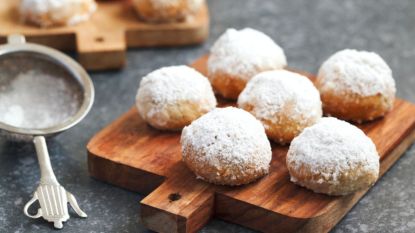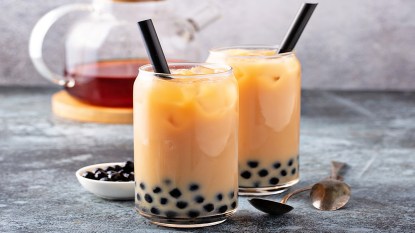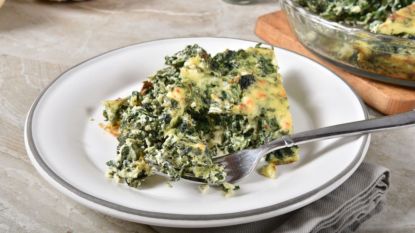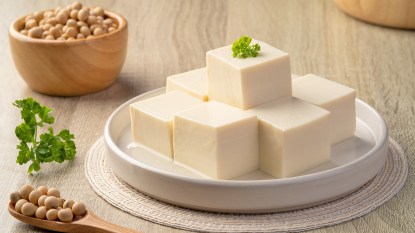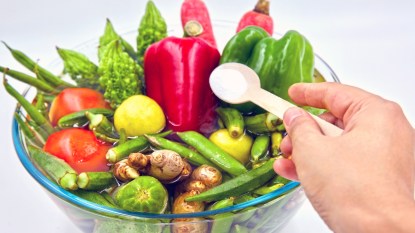11 Ways to Test If Your Store-Bought Honey Is Real — Or a Sticky Fake
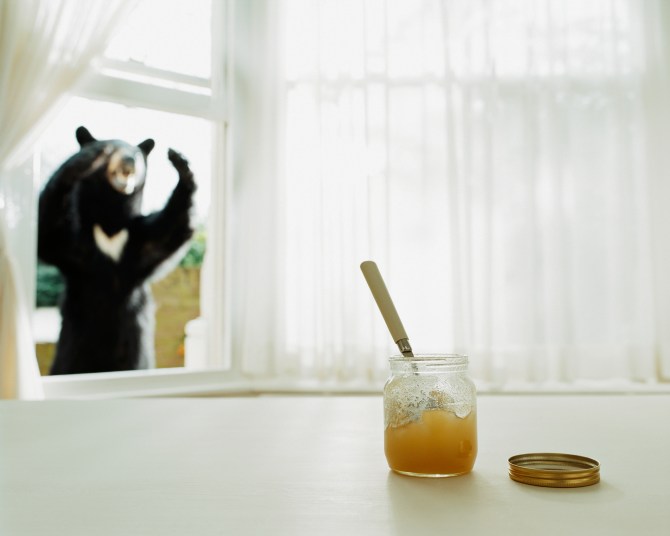
To reap all the health benefits of honey, make sure the bottle from your grocery store is the real deal. It can be hard to tell the difference between real honey and fake honey — especially if you don’t know what to look for. Fortunately, there are a few steps you can take to determine whether you unknowingly purchased fake honey, and to ensure that you never make that mistake again.
What is fake honey?
If you’re hearing about fake honey for the first time, you may be asking yourself, “What is fake honey made of?” The answer is that there are two kinds of fake honey. One version is made by mixing real honey with dyes or sugary syrups, like glucose or fructose. The other version doesn’t include honey and is instead made with syrups, food coloring, and other additives.
It’s easier and cheaper to produce honey this way and isn’t illegal or necessarily bad. However, fake honey must be labeled as such so that consumers know what they’re purchasing.
How to Tell Fake Honey From Real Honey
There are some key characteristics you want to look for when testing the honey you’ve purchased.
Absorption Test: Pour a few drops of pure honey on blotting paper and check to see if the syrup is absorbed. Pure honey shouldn’t be absorbed (it’s a reason why real honey doesn’t stain white fabric). Fake honey, on the other hand, will be absorbed.
Aroma: A discerning nose may be able to detect different notes in pure honey, like different flowers or grasses. Conversely, fake honey shouldn’t have a noticeable scent.
Bread Test: If you spread pure honey on bread, the slice should harden. Bread with fake honey on top will stay moist.
Dissolving: Pure honey won’t dissolve immediately if you mix it with water, and lumps may form at the bottom of the pot. Fake honey usually dissolves very quickly in water.
Egg Yolk Test: When pure honey is mixed with egg yolks, the yolks should appear as though they’re cooked. As for fake honey, mixing in egg yolks won’t have any effect on the yolks.
Flame Test: If you stick a lit match in honey, it should ignite the pure honey. Because of added moisture, fake honey does not ignite easily.
Heating: When pure honey is heated, it should caramelize quickly but without foam. Foam and bubbles are a result of added moisture, water, or sweeteners in fake honey.
Impurities: Notice little bits floating around in your honey? Don’t freak out — those are signs that you have pure honey! Fake honey will be free of any impurities as a result of filtering.
Stickiness: Pure honey shouldn’t be sticky when you rub it between your fingers. Fake honey will be sticky because of the sweeteners and additives.
Taste: The taste of pure honey should only linger in your mouth for a few minutes. If you’re left with an excessively sugary flavor in your mouth, you’re likely dealing with fake honey.
Thickness: Honey that takes a while to move from one side of the jar to the other when it’s turned on its side is most likely pure honey. On the other hand, fake honey is lighter and more liquid.
Now that you know how to tell fake honey from real honey, you’ll never make the mistake of buying the wrong honey. And if you really want to ensure you always buy pure honey, head to your local farmers market and buy it straight from the source.
More From FIRST
This Honey Breakfast Cake Is Packed With All Your Favorite Fall Spices
This Flaky Low-Fat Apple Tarte Tatin Is the Guilt-Free Pastry You Deserve
Strawberry Mousse Cake With Coconut Cream Is the Dairy-Free Dessert of Your Dreams





